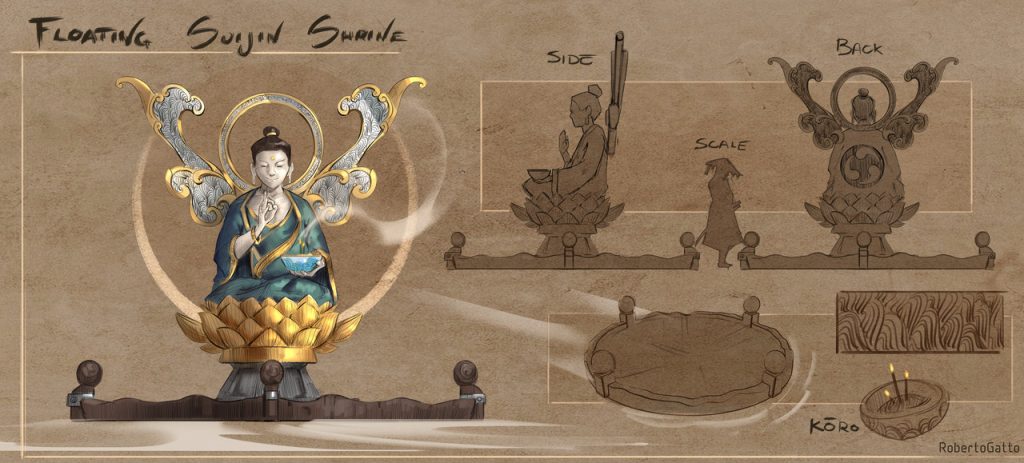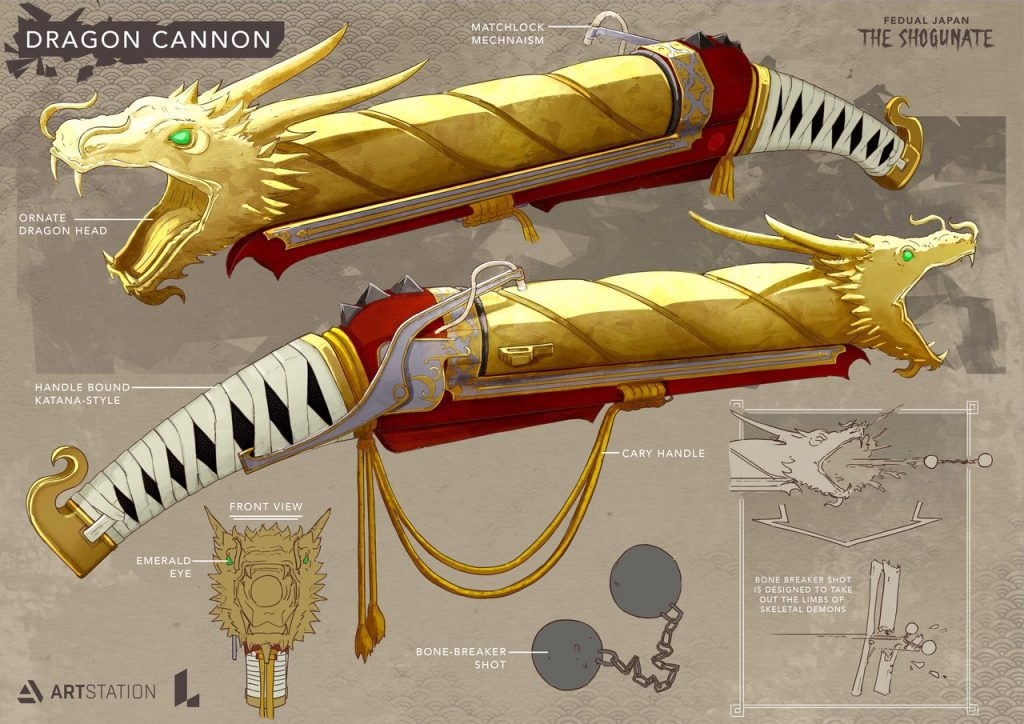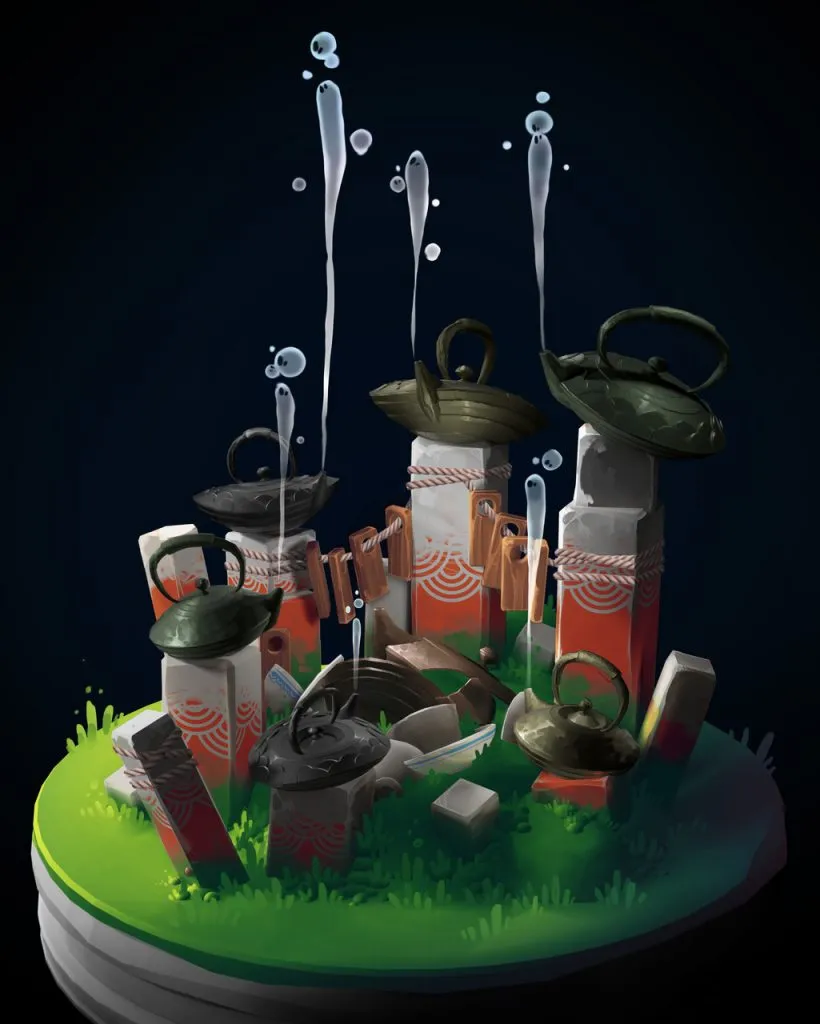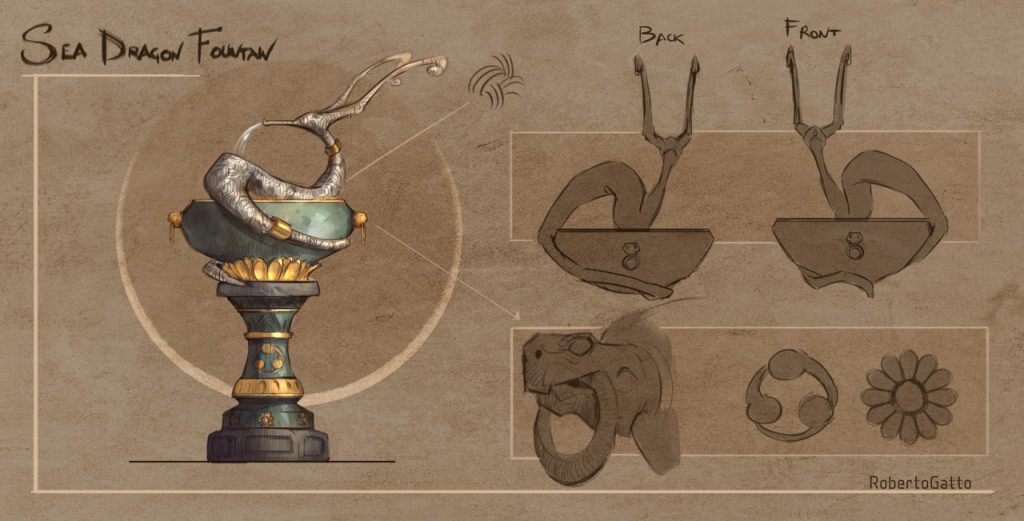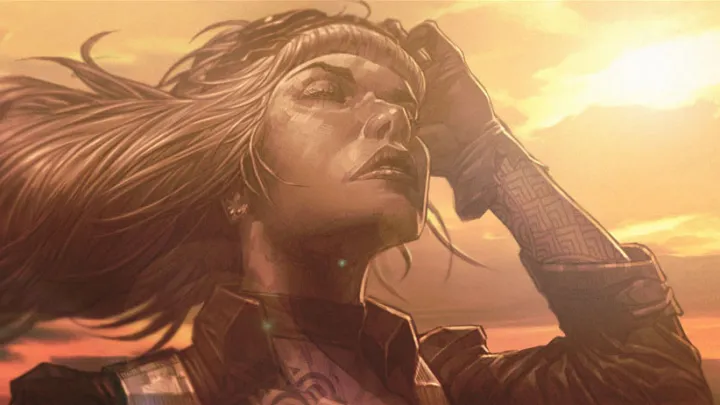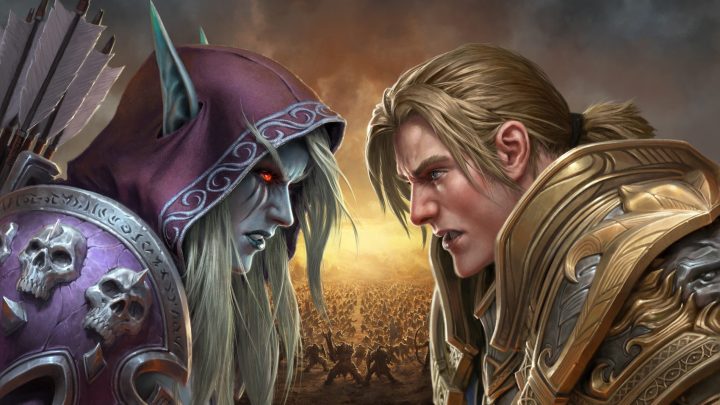Feudal Japan Challenge: Prop Design Winners Interview
The artists who entered the Prop Design category of the Feudal Japan Challenge were asked to design 5 unique props that had their own story and function in the feudal environment between 1185-1603.
Browse all Prop Design entries from the Feudal Japan Challenge.
In this interview ,the top 3 entrants, Elodie Mondoloni, Roberto Gatto and Lloyd Drake-Brockman share their inspirations, strategies and advice for creating winning entries.
Tell us about your inspiration for your prop.
Roberto: I decided to have a water theme going to tie all my props together. I really like fluid and elegant design and everything that concerns water creatures.
Lloyd: I wanted to take iconic, beautiful designs from Japanese history and make them feel like useful items for a player to find in a video game. I pictured a darker, fantastical version of Japan where the props I designed were handy tools to use to overcome challenges and enemies, never just pretty objects. The designs were driven by gameplay function, with form being an important but secondary concern.
What was your strategy for completing your submission on time?
Roberto: I did quite a lot of research beforehand and streamlined my process with thumbnails, refined line art, flat colors and a bit of painting. This allowed me to keep results consistent and not waste time along the way.
Lloyd: My strategy was to work from highest priority to lowest. Every day that I worked on the challenge, I would start with thumbnail sketches because my creative mental capacity was at its highest then. For all the props I used a 3D to 2D workflow so that I knew my perspective was spot on and I could focus all my energy on appealing line work. I made sure I had workable line drawings of all the props before I moved on to any colouring or presentation so that if anything took longer than expected I would still have viable designs to show.
What was the most difficult part of this challenge for you?
Lloyd: The most difficult part for me is also the most fun and that is the thumb-nailing process. Going from a blank canvas to a page full of ideas is always the most exhausting and the most rewarding. It’s stressful when the ideas you have in your head don’t look as cool as you had imagined. But, when you hit those little eureka moments like when I tried putting the explosive canister inside the shape of the kunai, you know that all the previous failed attempts were worth the time and effort.
What advice do you have for future challengers?
Lloyd: My biggest piece of advice is time management. You can be an incredible artist but if you’re not finished when the clock hits zero, it’s all a waste. Be realistic with your time estimates (things normally take three times as long as you think they will), and cut yourself off if you’re spending too long on something. If you plan the whole process and you are consistent, you can achieve pretty much any artistic goal. I believe I owe my success in this challenge largely to my time management. There were a huge number of contestants, some of whom were considerably more skilled than me, who simply did not finish their submissions. Finished is always better than perfect.
 Browse all Prop Design entries from the Feudal Japan Challenge.
Browse all Prop Design entries from the Feudal Japan Challenge.

